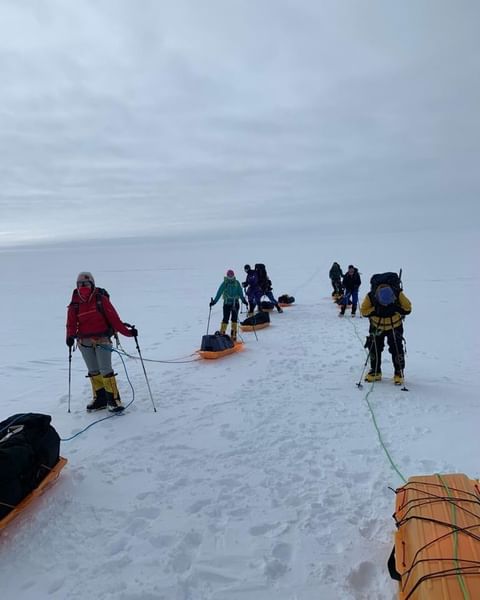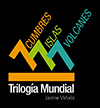Conferences
Conferences
and Seminars
The conferences are carried out through narrations based on the diverse life experiences that are had in the mountains.
I conduct my conferences and seminars through narratives based on the diverse and extreme life experiences in the most extreme climbs on the planet, with clear analogies focused on corporate, business and human values, highlighting topics such as teamwork, leadership, disposition to changes, autonomy, discipline, commitment, adaptability, innovation and above all passion to achieve high goals.
I describe analogies of how to reinvent ourselves, not settle for the goals already achieved, break that comfort zone in which we can sometimes fall and thus seek to improve ourselves in everything we do, take it as an attitude, discipline and way of life.
I complement this in topics such as the importance of adapting to the new circumstances that we have to face, learning from new challenges and opportunities, in the constant search for excellence and leadership in all our surroundings, even in the face of competition.


